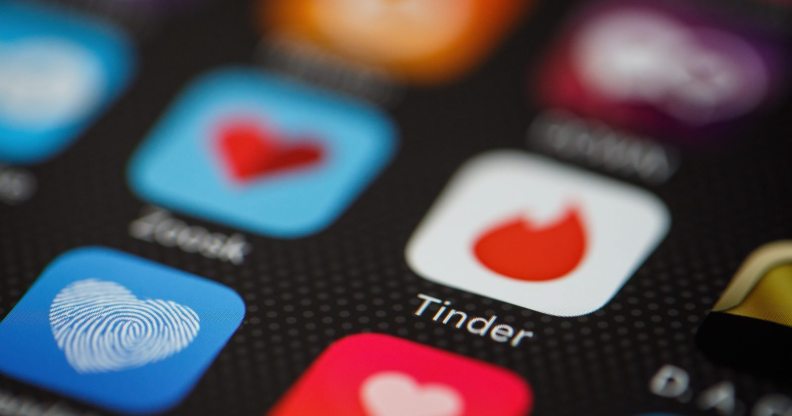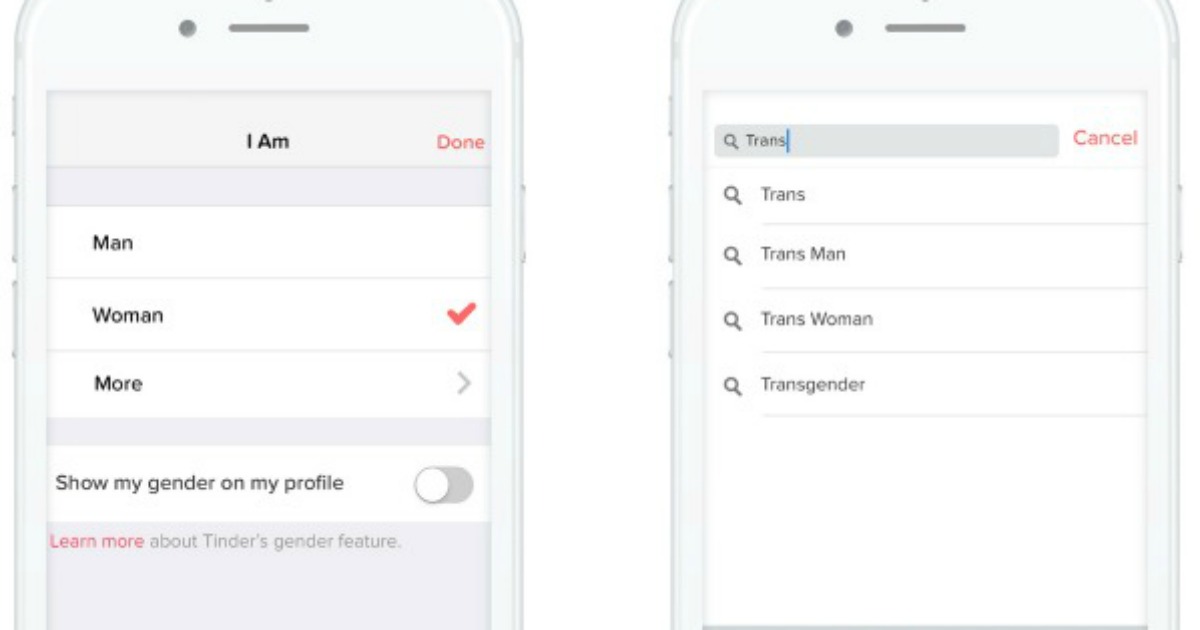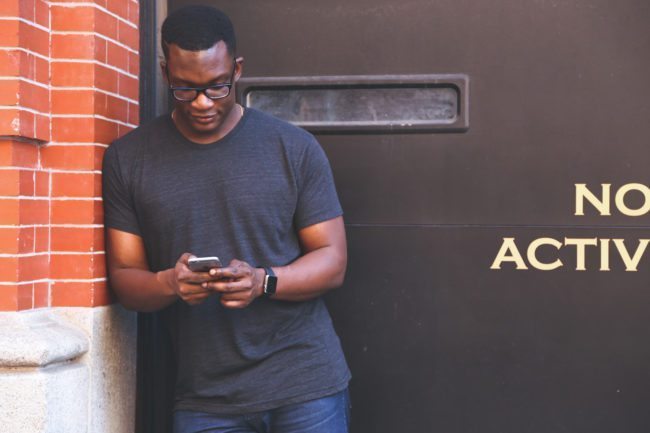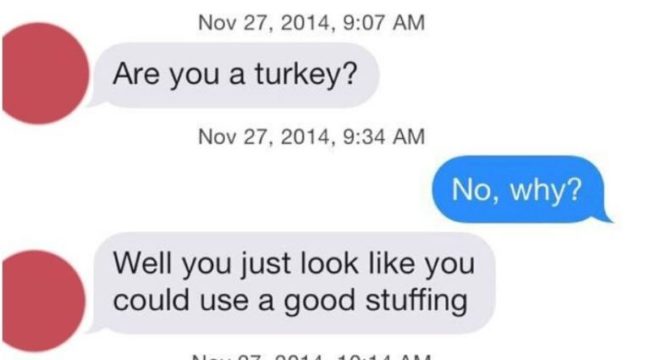What is Tinder? The popular dating app with infamous ‘swipes’

Tinder was one of the apps Xavier reportedly used (Leon Neal/Getty)
One of the most widely used dating apps, with its infamous ‘swipes,’ Tinder has become one of the most popular ways for queer and straight-identifying people to meet.
Tinder is a dating app which has a wide variety of uses, and caters to users looking for everything from casual hook ups to full blown relationships.
Tinder has become so omnipresent in the modern dating world, the term ‘Tinder date’ is now normal language for users of the dating app – the term is even used and understood within crowds of people who don’t use Tinder.
The app has always appealed to straight and queer-identifying audiences, but Tinder is now also inclusive of transgender, non-binary and gender fluid people.
The app launched in 2012 and since then has practically taken over our dating lives, although in recent years Tinder has become over-saturated with users who aren’t as engaged as they were in the app’s early days.
To give you a sense of the app’s scale, there are over one billion swipes per day on Tinder, with users from across the world joining the app in over 40 languages.
Related: These are the 30 most swiped right people on Tinder

So what are the basics?
It’s easy to set up a Tinder account. Once downloaded for free, the app connects to your Facebook and uses publicly visible pictures to create your account. (You can always switch these images around if you’d like).
You then write a bio, which is perhaps the most challenging part of this whole experience as selling yourself in a 100 words or so is not fun!
Bios are usually short and snappy, and give other users an insight into your personality and interests.
People really invest a lot of time in perfecting their Tinder bios – it’s an art in itself.
The bio will create the focal point of your Tinder profile, so users who match with you (more on that later) can view a few images of yourself, as well as a list of your interests and your bio.
You can also connect your Tinder profile to your Instagram.
Once the basics are ready, set your preferences around who you’re looking for, which might include their age and gender.
As Tinder is a location-based app, it’ll look for other Tinder users in your area.
You can also set preferences about how far you’re willing to travel for The One, by either reducing or increasing your search distance.
Related: Tinder launches campaign to create interracial couple emoji

The app is now inclusive of all genders
Let’s swipe!
Once you’ve set up your profile, you’re finally ready to start swiping.
Tinder will present you with various profiles – you browse them one at a time by image, name and age.
If you want to know more, click on their profile and you can have a flick through their other pictures, as well as reading their bio.
Because the app is linked to your Facebook, it can also tell you how many mutual friends you have in common with other users.
Now we come to the swiping part… Swipe right, if you’re a fan. Swipe left, if you’re not.
Then repeat (forever).
Users can also ‘Super Like’ another user by swiping up – you only get one Super Like a day though, so use it wisely.
Tinder Plus users (more on that later…) get an extra amount of Super Likes: they can dish out 5 per day.

It’s a match!
If you both swipe right, then you match. Hoorah!
Tinder will inform you that you’ve both swiped right, and the match will appear in your matches section of the app.
If the other user has yet to swipe you, or has swiped left you’ll not receive any notification until they swipe you.
Then, if they do like you, you’ll get a notification at a random time letting you know you have a new match.

Tinder users swipe over 1 billion times a day
Send a message?
Once you’ve matched with somebody else, the typical next step would be to send them a message.
Goodness, what to say? Well, nothing says chemistry like: “Hello, how are you?”
There have certainly been some very creative Tinder conversations over the past year – here’s Ellen DeGeneres bringing them to our attention.
Tinder Nightmares is also a great Instagram account if you’re looking at what not to say to somebody on the app.

Meeting them IRL
Ah, here we go, you’re off on a ‘Tinder date’.
These can be memorable for all the wrong reasons (and for all the right ones too!)
Of course, there have been some lovely Tinder success stories and they’re sometimes shared on social media – check out #tindersuccessstory.
Some people get nervous about meeting others offline, so text your friends and let them know where you’re going and what time you’re meeting your date.
There is good reason for being extra diligent.
The term being ‘catfished’ refers to when somebody uses somebody else’s pictures, or heavily edits pictures of themselves, on their profile.
So let’s say you’re chatting away to Tyler Oakley and you turn up and it’s not him – that’s called being catfished.
Or you turn up and the guy you thought was 25 is actually 65 years old.
However, that said the proportion of people using Tinder to commit crimes, for example sexual assault, remains relatively low.
But it’s important to keep your own safety in mind, especially when meeting somebody for the first time.
Picking a location you’ve been to before or an area that you’re familiar with might help you feel less anxious.
If you’re meeting after work or later in the evening, think about lighting… If you’ve never met this person, you’re unlikely to recognise them in a poorly-lit side street, nor will it feel very safe.
Meeting somewhere that’s busy, with lots of people around, is always a good idea.
Related: Transgender people are being deleted from Tinder, and they’re furious

The three Tinder principles
Swipe. Match. Chat.
Competition from other apps
In recent years, Tinder has faced increased competition from other dating apps both in the straight-identifying and LGBT+ worlds.
In the queer sense, apps like Chappy have launched more recently, offering a very similar service, but with less users, so the chance of getting a good conversation off the ground on Chappy is greater than on Tinder.
Grindr, which is exclusively for gay and curious men is also a far more functional way for guys to meet when they’re looking for hook-ups.
Other apps including Hornet, Jack’d and Scruff are making Tinder work harder to maintain its position at the top of the dating app market in the queer space.
In order to keep up with its competitors who often have premium paid-for services, Tinder launched Tinder Plus in 2015 with added bonus features.
Users who chose to pay for the upgrade can ‘rewind’ swipes they made by mistake, as well as change your geographical location to swipe people in other areas.
Tinder Plus users also have unlimited likes and super likes, whereas subscribers who don’t pay can feasibly run out of matches for a period of time.
In summer 2017 Tinder went one step further by unveiling Tinder Gold, an additional service to Plus which allows users to see who has already swiped right on them.

